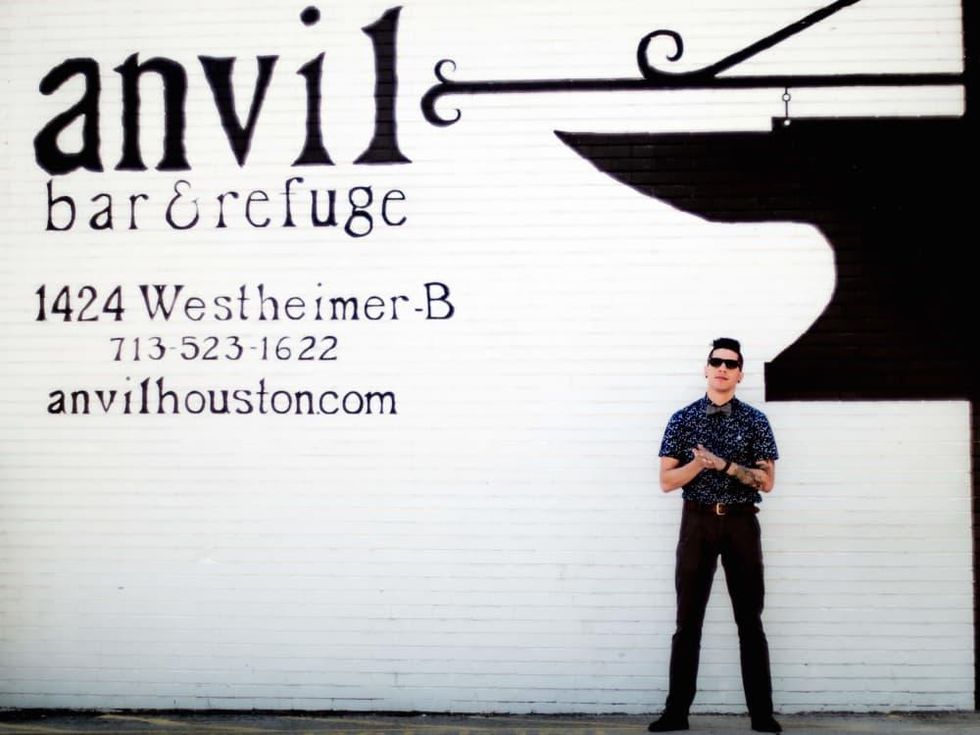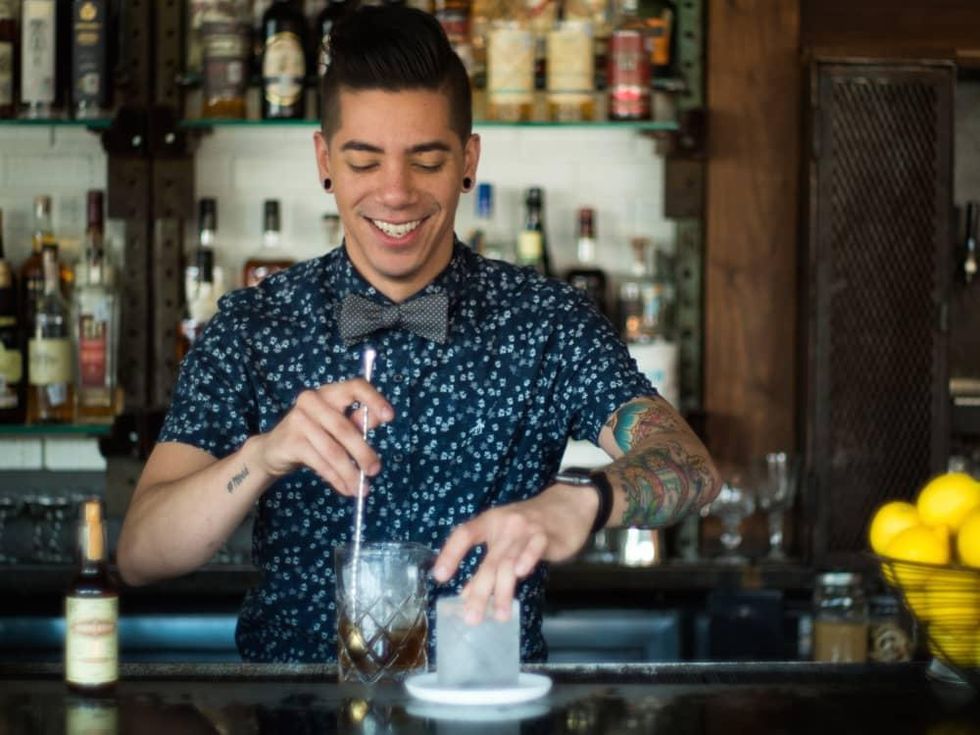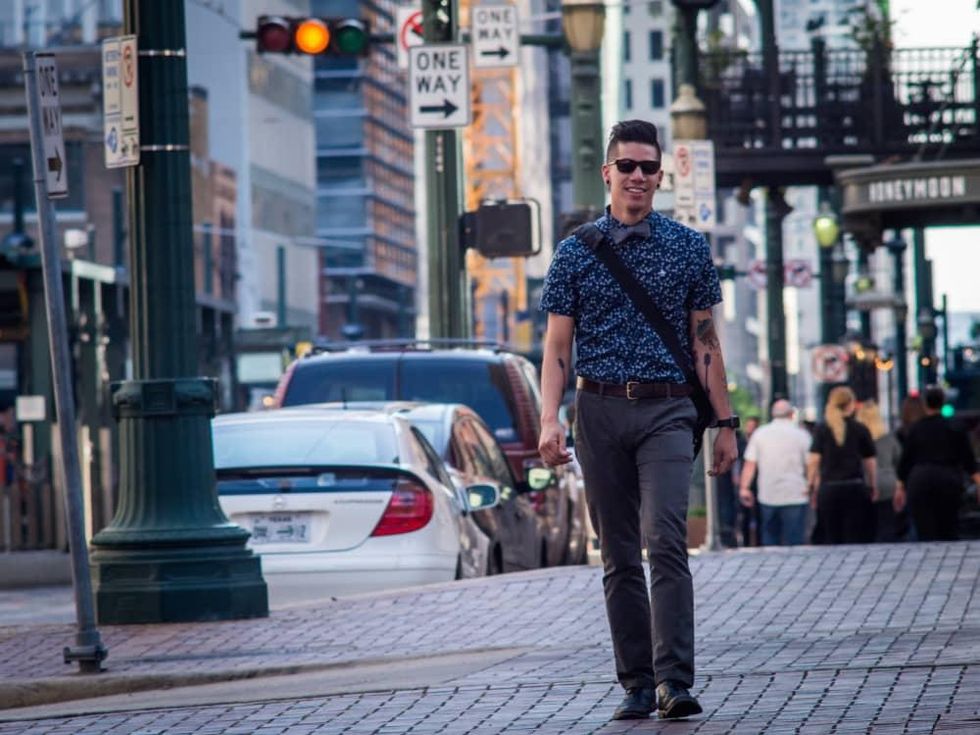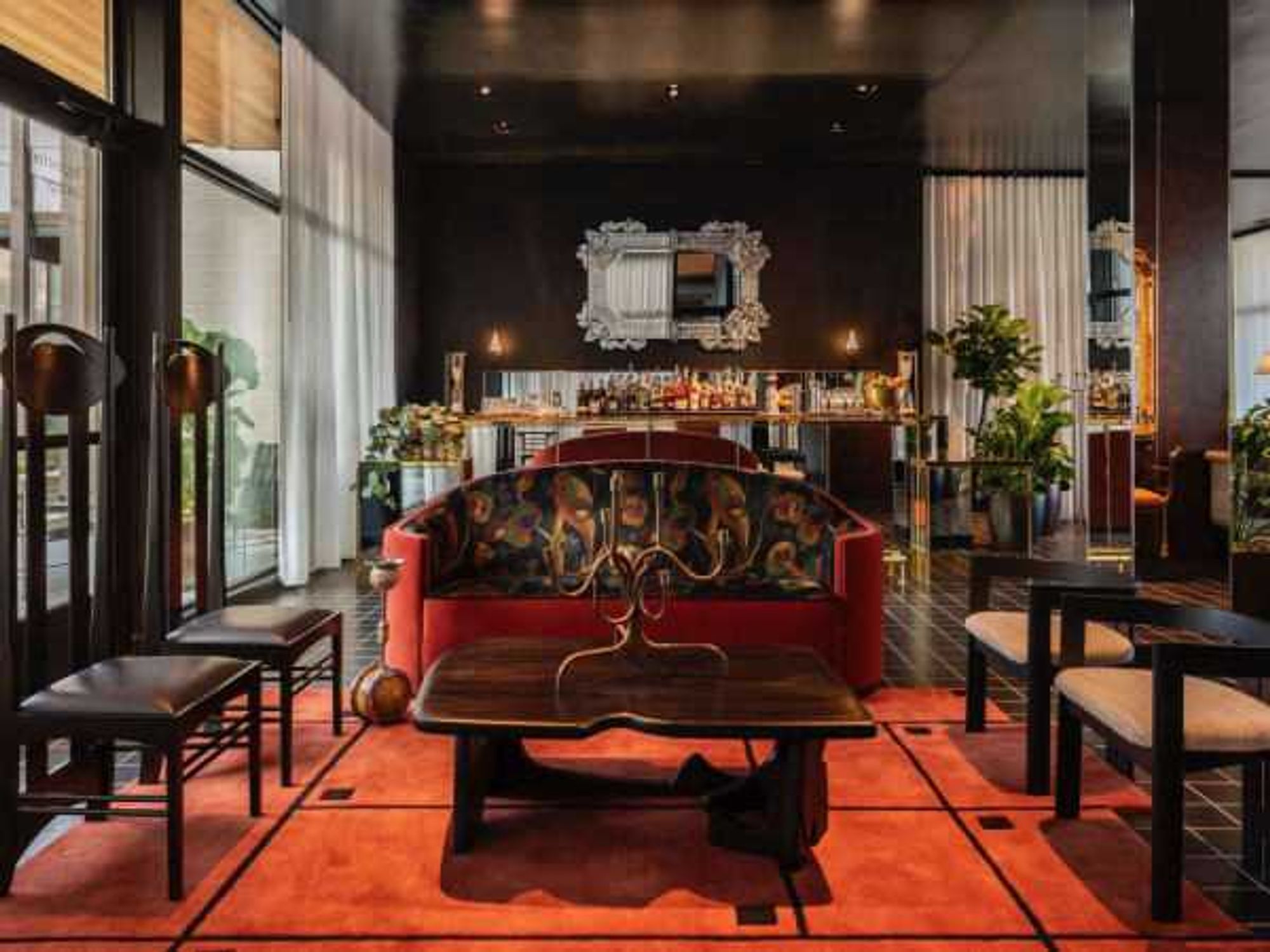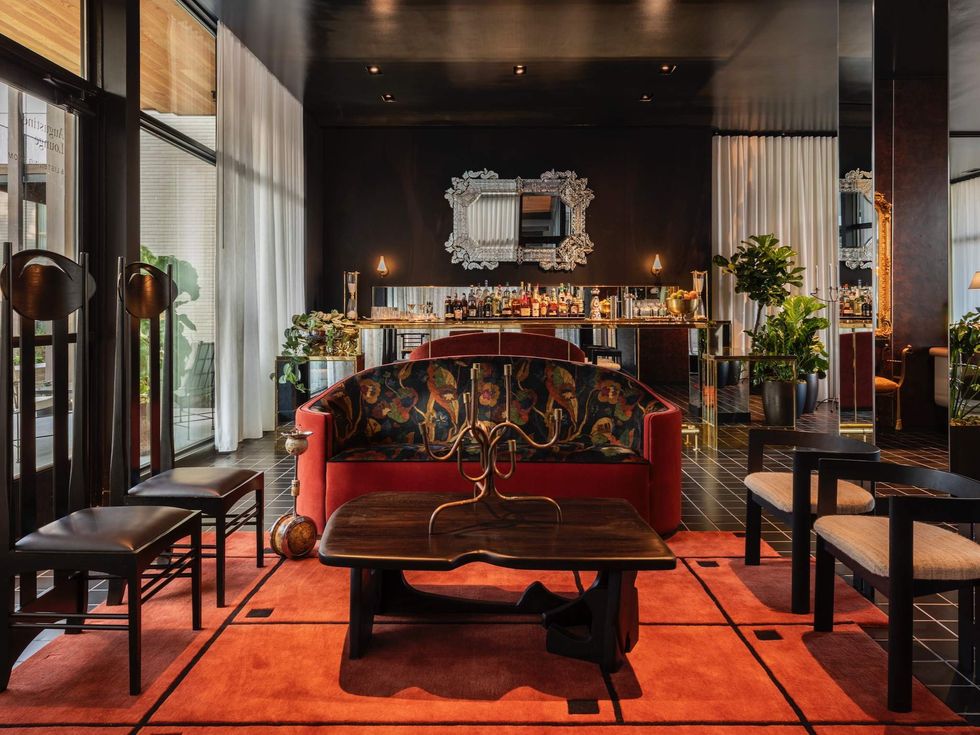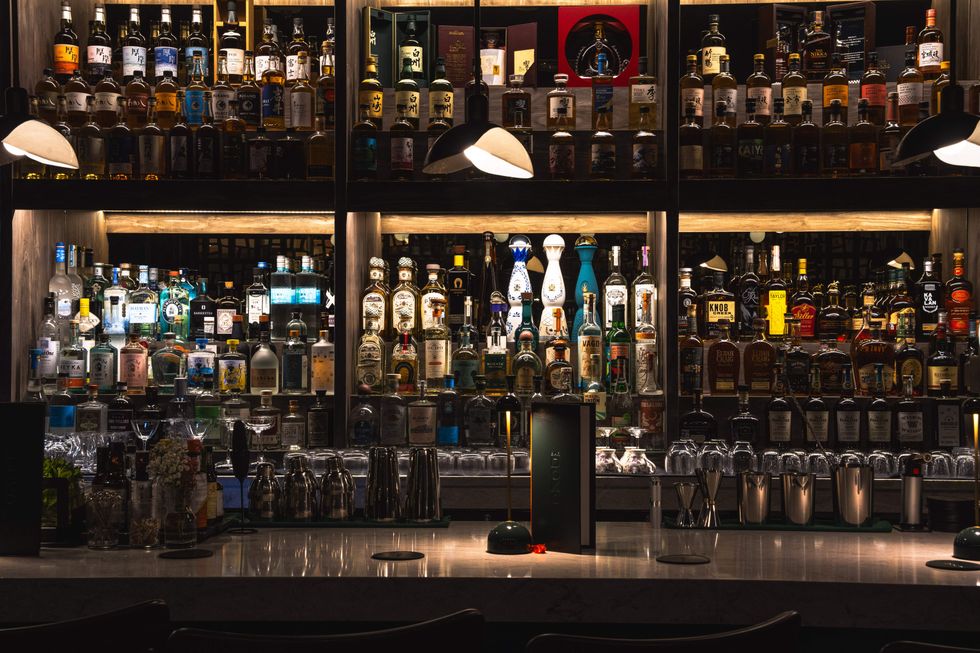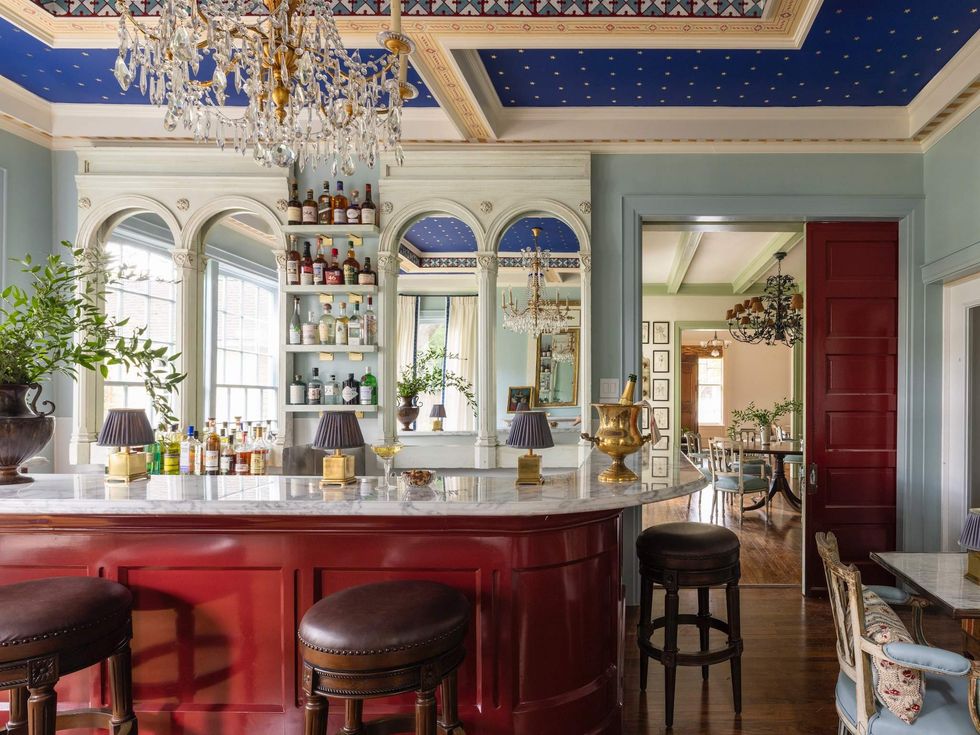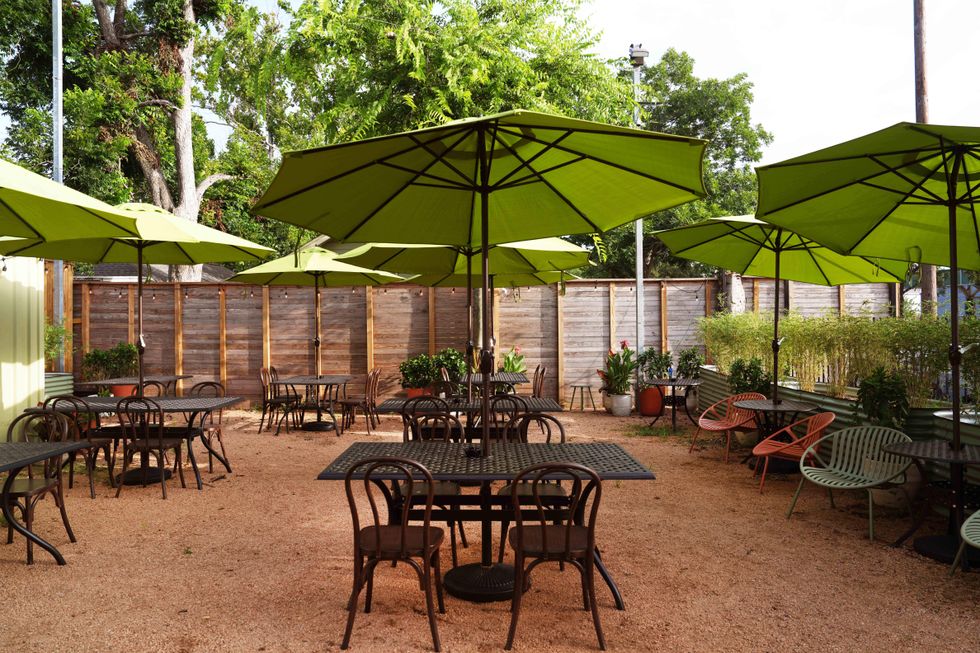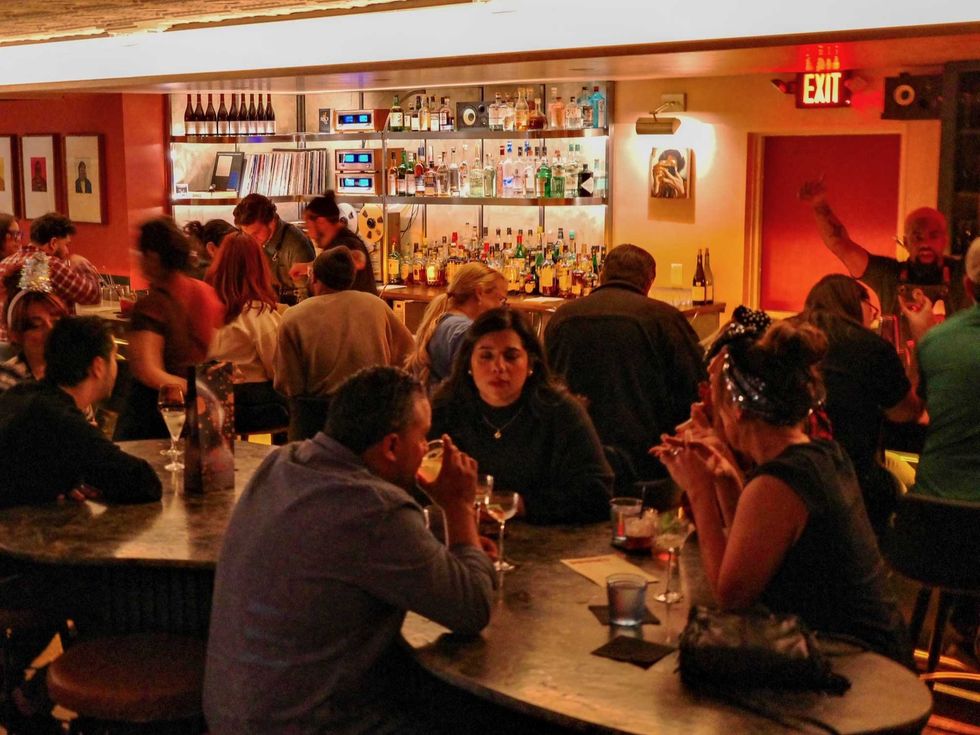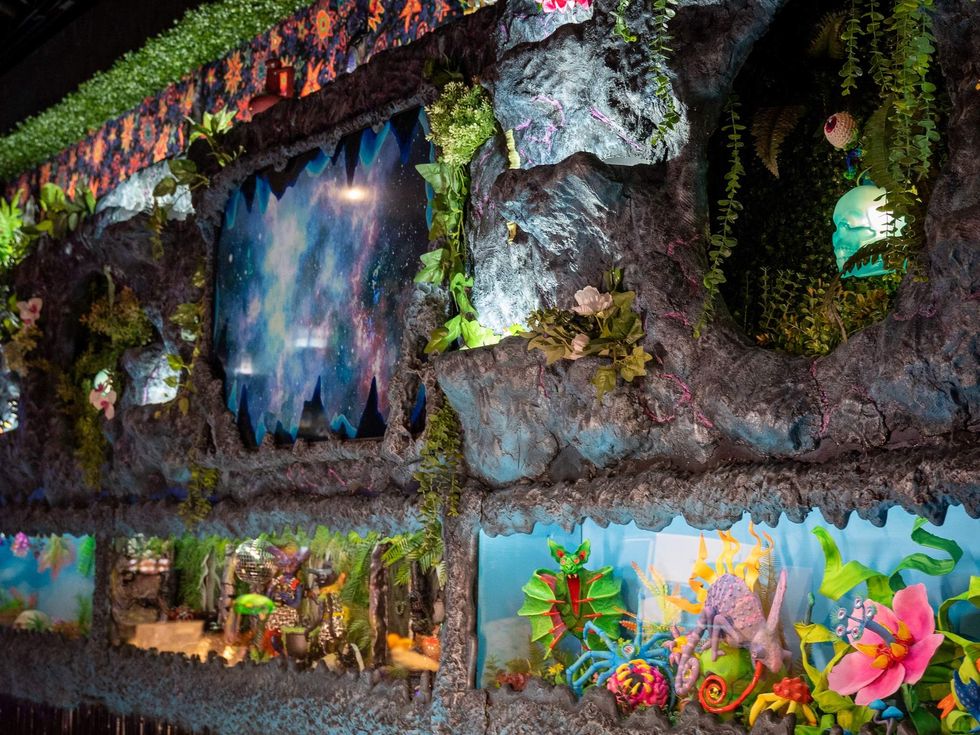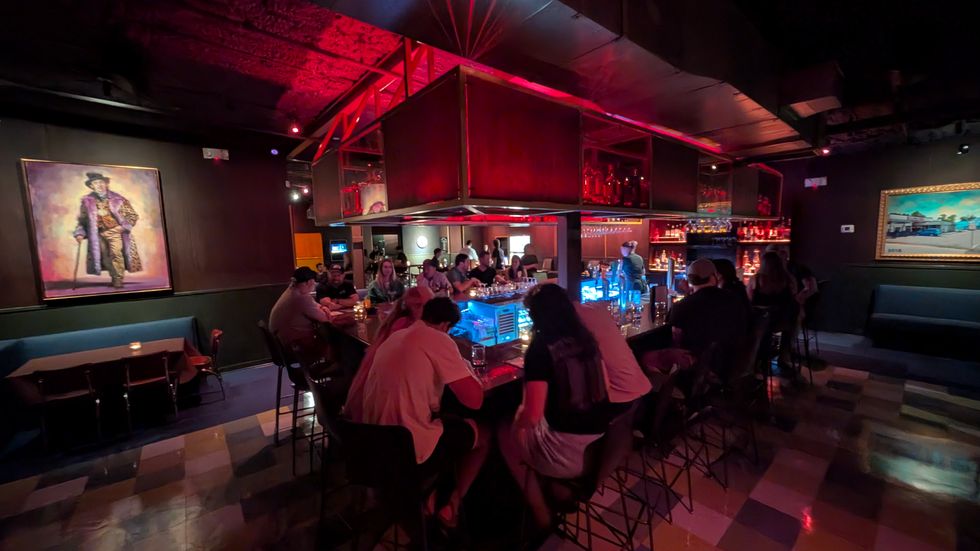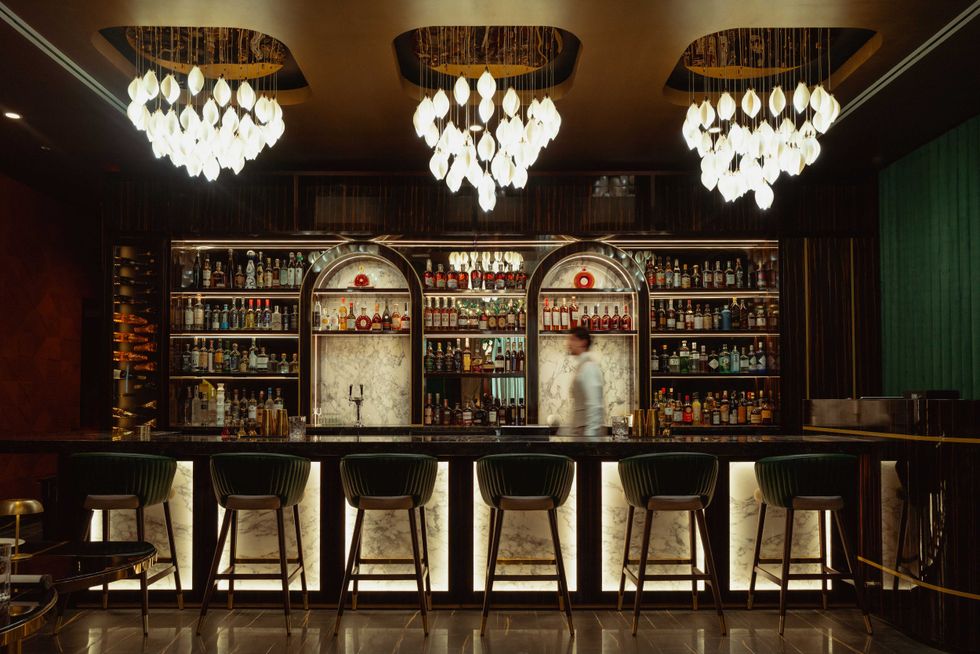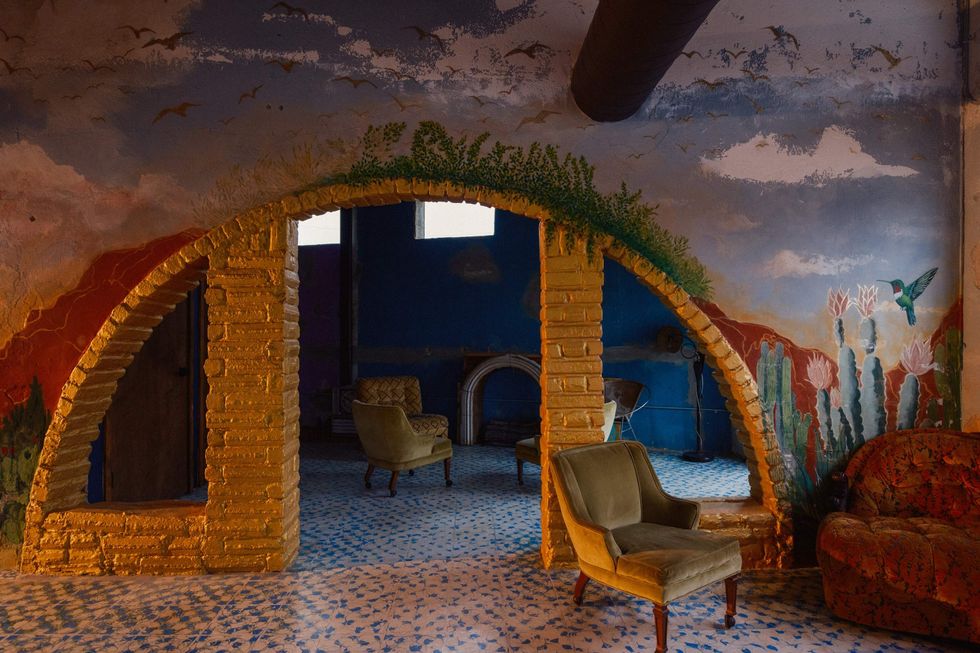Young Gun Bartender
Young gun bartender with a good-body philosophy knows what makes a great drink
It's after midnight when I sit down at the bar at Anvil, where Alex Negranza, in a red satin bow tie and blue short-sleeved button-down is tending to the dwindling post-fireworks crowd. A man with a loud voice and red shorts is sitting two seats down; he's talking frequently and excitedly to Negranza, asking about Scotches and bourbons and all manner of glassware.
Suddenly, the man breaks the stem of his champagne flute as he sets it down too roughly. Negranza makes another of the drink that was in it — a new summer addition called the Shuttlecock — and presents it to the man in the red shorts.
"If you break this one, I'm putting all your drinks in a sippy cup," Negranza says. "I can make a sippy cup happen."
If you know anything about Alex Negranza, you should believe that. So far, in his 27 years, he's made a lot happen.
Raised in Modesto, California, the son of a first-generation American of Philippine father and an Irish-English mother, Negranza has traversed his way into Houston through a strange and varied past.
To wit: in grade school he was a sign language interpreter, a skill he still uses when the bar is too loud to hear; he was a competitive jump-roper, and became a certified jump rope coach who went to jump rope camp every summer; he studied jazz trombone after testing out of high school early; he has been the managing spirits director for coffee website sprudge.com; with $300 and two suitcases, he moved to Seattle at age 18 after deciding he was through studying psychology and music at Fresno State University and Modesto Community College.
He has been in an independent film called "The Address," which was released last year. He's been a five-time certified judge for the U.S. Barista Championship. SeattleMet.com called him an "event guru." He has been interviewed and profiled a lot for a guy who has three more years before he even hits 30.
In June, Eater.com named him one of its 2016 Young Guns, and why not? On top of the hodgepodge of accomplishments up to this point, Negranza has settled into what is arguably the best cocktail bar in the country, Anvil Bar & Refuge. Ever the over-achiever, Negranza successfully completed Anvil's notoriously rigorous training program in eight months — a record for the latest iteration of Bobby Heugel's training manual to date. Most trainees take about a year to graduate from the program.
On the 4th of July, Anvil launched its new seasonal summer menu, a collection of seven cocktails created by the bar staff. Negranza's contribution is the light-green libation the red-shorted man spilled when he broke his glass — the Shuttlecock. Each cocktail has a back story that relates to the bartenders' personal lives.
"The Shuttlecock is based on, uh, someone everyone thought I was dating," he says. "We were spending a lot of time together for a long time ... and people started asking me about it, and I was like, we're not actually dating — also, he's straight. The joke was, we were going back and forth, and back and forth — so, the shuttlecock is the name for the birdie in badminton."
Shuttlecock? Not, say, the ping pong ball?
"There's already a cocktail called the Ping Pong," he says.
His knowledge about arcane and esoteric spirits and about his craft is encyclopedic, and when two brunette girls with perfect suntans and platform heels saunter in around 1 am asking for Jack & Coke, one patron stifled a giggle. Negranza explains that the only Jack Daniels the bar has is single barrel, barrel-strength, and (just to be clear) it costs $18 a pour. "Do you just want a Tennessee whiskey?" he asks, and offers an alternative.
The girls acquiesce. "Thanks for telling me," one says.
The man in the red shorts closes his tab and leaves as Negranza starts shaking a Ramos Gin Fizz. The ice in the cocktail shaker clatters and clatters for what seems like a long time — at Anvil, this drink gets shaken for about eight to 10 minutes. One wonders about the muscles in the bartenders' arms. It's the end of the night and he's working the shaker like a tommy gun. I ask him how his arms feel.
"They're feeling great. I shake thousands of cocktails every week, but I also go to the gym every day after work."
Working out
Again, the overachiever: Negranza gets off work around 3 am and from there, he heads to 24-Hour Fitness. He used to drink more and smoke, but since he moved to Houston, things have changed. Sustainability became a priority.
"If you think you're tired after a 14-hour shift at the bar, go to the gym, run three miles, lift some weights, and eventually you're not going to be as tired at the end of your shift. And it's better for you as a person," he says.
Negranza also cites social media's reach and the evolving education of cocktail drinkers as a boon for the industry, but also the reason why bartenders have to step up their game, both mentally and physically.
"Not only are cocktails more popular and you can have a career (in bartending) for the first time in a century, but because of technology, because of social media, because our customers know we have the knowledge as bartenders to be able to make a hundred — what do we have on our menu, 116 cocktails on our menu — because of that knowledge and that ability, the expectations are higher than they've ever been, which means the demand physically is so much higher than it's ever been."
His clean living shows. His eyes are bright, he speaks clearly, frankly and is very articulate. He has a spray of freckles across the bridge of his nose and a very slight sun burn. His hair is neatly trimmed; his hands are strong, with clean short nails.
"Right now, all my eggs are in this basket of bartending, and I have to take care of my body. I have to work out, I need to run. Bartenders can have this decadent lifestyle — you party, you drink for free everywhere you go, you eat for free — it can be so extreme; you've gotta balance it out. The toll we take as bartenders is on our body."
He notes that healthy living and wellness has become a hot topic for people in the bartending industry lately, on the heels of some uncomfortable epiphanies.
"A lot of that comes from just seeing some of our mentors wither away. A lot of these people who we watched guide us through this bartending world are tapping out because their bodies can't take it anymore."
Sticky situations
The challenges Negranza faces aren't just physical. As an LGBT bartender, he's dealing another set of sticky situations.
"The bartending world for the most part is driven by one group of people, and that is heterosexual white males. There's a of conversation about females behind the bar — that's a really popular thing, but LGBT is not being talked about right now. Every bar I've ever worked with, there's subtle nuances of homophobia," he says.
"A lot of times behind the bar I try and strip away whatever my personal identity is. I have this personality that needs to fit your needs. A lot of people might not be comfortable with the sassy gay man I can be, but just like, me as a guy they can have a cocktail with. Which leads to this odd thing where I get more female numbers by far than I do male numbers here, even though we're in the 'gay-borhood' of Montrose.
"Which is fine. I always thank them, and say, 'Thank you so much, sweetie!' But, I don't call 'em for dinner, that's for sure!"
Sorry, ladies.
If you want to say hi to Alex Negranza, you can swing by Anvil most nights. He won't laugh if you order Jack & Coke.
